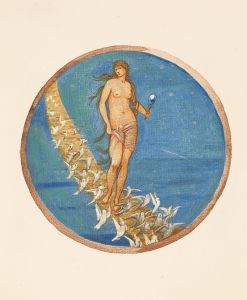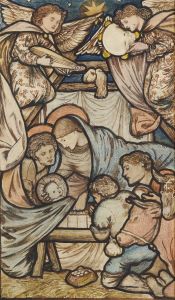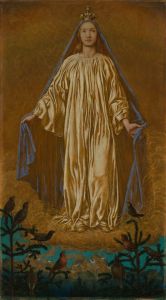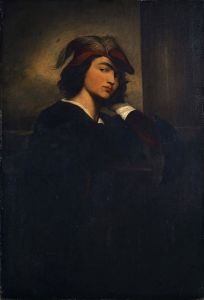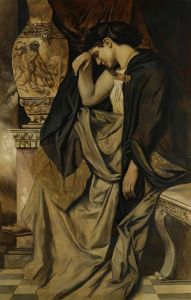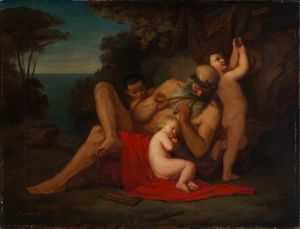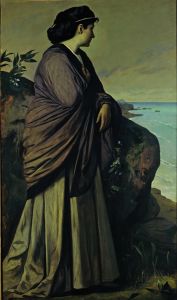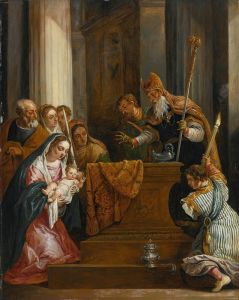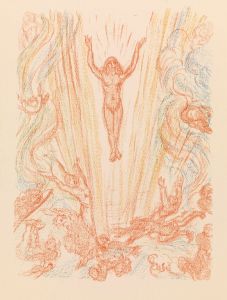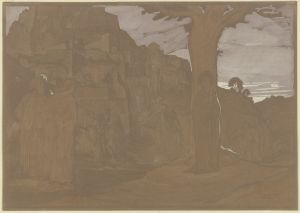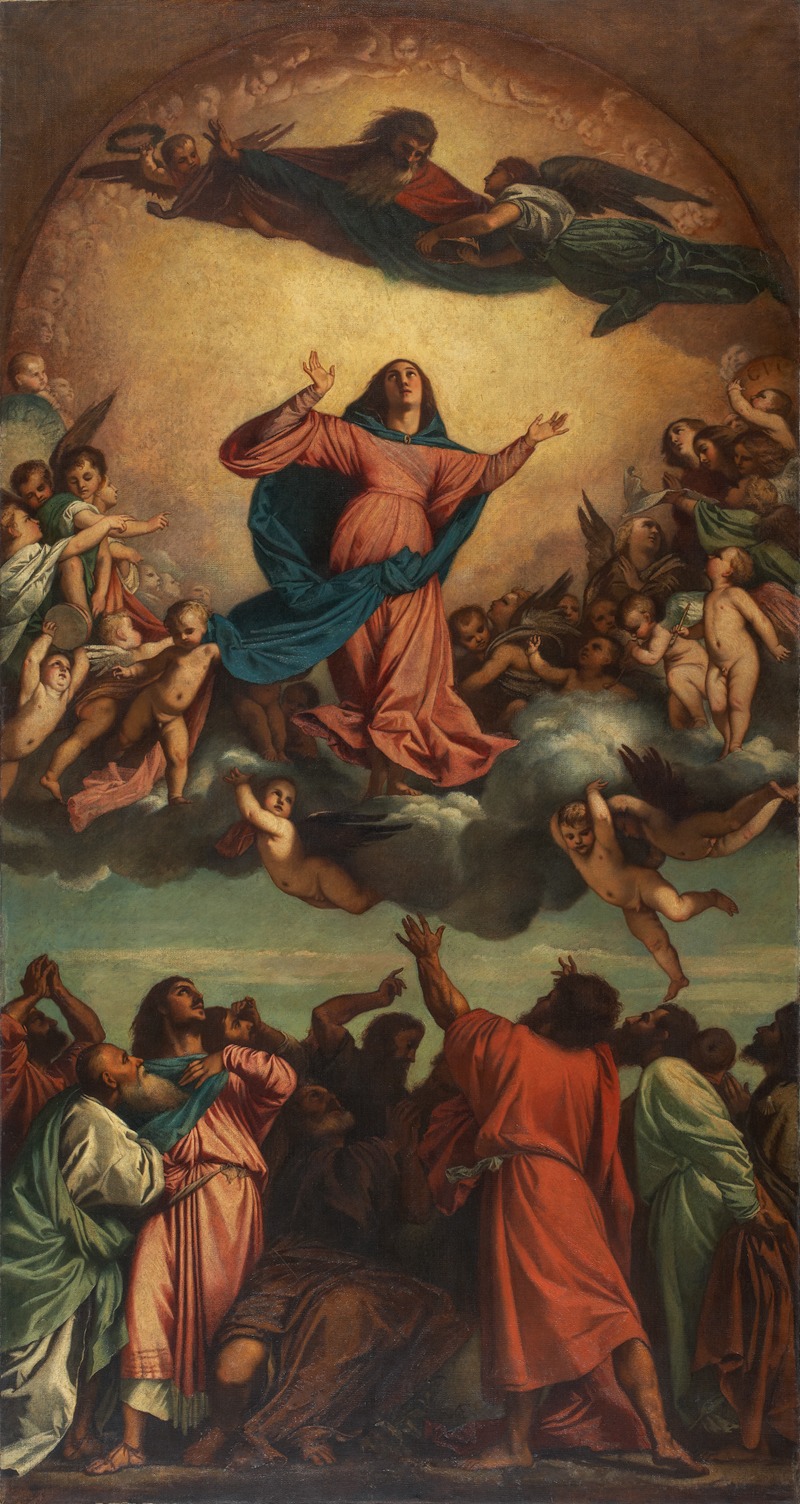
Himmelfahrt Mariä
A hand-painted replica of Anselm Feuerbach’s masterpiece Himmelfahrt Mariä, meticulously crafted by professional artists to capture the true essence of the original. Each piece is created with museum-quality canvas and rare mineral pigments, carefully painted by experienced artists with delicate brushstrokes and rich, layered colors to perfectly recreate the texture of the original artwork. Unlike machine-printed reproductions, this hand-painted version brings the painting to life, infused with the artist’s emotions and skill in every stroke. Whether for personal collection or home decoration, it instantly elevates the artistic atmosphere of any space.
Anselm Feuerbach's "Himmelfahrt Mariä" is a notable painting by the German painter, who was one of the leading figures of the 19th-century German art scene. Feuerbach was born on September 12, 1829, in Speyer, Germany, and became known for his classical style and his ability to convey emotion and depth in his works. His paintings often reflect the influence of the Italian Renaissance, which he admired greatly.
"Himmelfahrt Mariä," which translates to "The Assumption of Mary," is a depiction of the Virgin Mary's ascent to heaven. This subject is a common theme in Christian art, representing the belief that Mary, the mother of Jesus, was taken up into heaven at the end of her earthly life. The Assumption is celebrated in many Christian traditions and has been a popular subject for artists throughout history.
Feuerbach's interpretation of this theme is characterized by his classical approach and attention to detail. The painting likely features a composition that emphasizes the grace and serenity of Mary, surrounded by angels or other heavenly figures, as she is lifted towards the divine. Feuerbach's use of color, light, and form would have been employed to create a sense of movement and spiritual elevation, capturing the transcendental nature of the event.
Feuerbach's work is often noted for its idealized figures and harmonious compositions, drawing inspiration from the works of Renaissance masters such as Raphael and Titian. His time spent in Italy, particularly in Rome, had a profound impact on his style, allowing him to study the works of these great artists firsthand. This influence is evident in "Himmelfahrt Mariä," where the classical elements and balanced composition reflect his admiration for the Renaissance aesthetic.
The painting is part of Feuerbach's broader oeuvre, which includes other religious and mythological subjects. His works are characterized by their emotional depth and technical precision, qualities that have earned him a lasting place in the history of art. Feuerbach's paintings often explore themes of beauty, spirituality, and the human condition, making them resonate with audiences both in his time and today.
Anselm Feuerbach's career was marked by both success and struggle. Despite his talent and the recognition he received, he often felt underappreciated and faced financial difficulties. He spent much of his career in Italy and later in Vienna, where he became a professor at the Academy of Fine Arts. His influence extended to future generations of artists, and his works continue to be studied and admired for their contribution to the development of 19th-century art.
Feuerbach passed away on January 4, 1880, in Venice, Italy. His legacy lives on through his paintings, which are housed in various museums and collections around the world. "Himmelfahrt Mariä" remains an important example of his artistic vision and his ability to convey profound spiritual themes through the medium of painting.





